Other
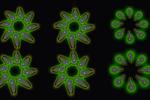
“A new technique produces perovskite nanocrystals right where they’re needed, so the exceedingly delicate materials can be integrated into nanoscale devices. Halide perovskites are a family of materials that have attracted attention for their superior optoelectronic properties and potential …

“The foundry gives the wider research community access to Lincoln Laboratory’s expertise in fabricating quantum circuits. In the past three decades, quantum computing has grown from a theoretical fantasy to a worldwide industry, pushing closer to a technology that …
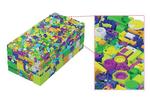
“A new computational method facilitates the dense placement of objects inside a rigid container. In 1611, Johannes Kepler — known for his laws of planetary motion — offered a solution to the question concerning the densest possible way to arrange equal-sized spheres …

“MAGE merges the two key tasks of image generation and recognition, typically trained separately, into a single system. Computers possess two remarkable capabilities with respect to images: They can both identify them and generate them anew. Historically, these functions have …
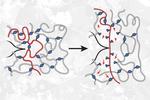
“By adding weak linkers to a polymer network, chemists dramatically enhanced the material’s resistance to tearing. A team of chemists from MIT and Duke University has discovered a counterintuitive way to make polymers stronger: introduce a few weaker bonds …

“New research explores how Dyson maps are putting quantum computers to work in designing fusion energy devices. Developing commercial fusion energy requires scientists to understand sustained processes that have never before existed on Earth. But with so many unknowns, how …
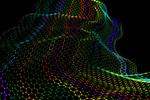
“The results could help turn up unconventional superconducting materials. Under certain conditions — usually exceedingly cold ones — some materials shift their structure to unlock new, superconducting behavior. This structural shift is known as a “nematic transition,” and physicists suspect that it …

“The device emits a stream of single photos at room temperature and could provide a basis for optical quantum computers. Using novel materials that have been widely studied as potential new solar photovoltaics, researchers at MIT have shown that nanoparticles …
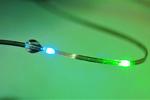
“MIT engineers’ new technology can probe the neural circuits that influence hunger, mood, and a variety of diseases. The brain and the digestive tract are in constant communication, relaying signals that help to control feeding and other behaviors. This extensive …
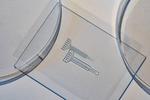
“A new Jell-O-like material could replace metals as electrical interfaces for pacemakers, cochlear implants, and other electronic implants. Do an image search for “electronic implants,” and you’ll draw up a wide assortment of devices, from traditional pacemakers and cochlear …
